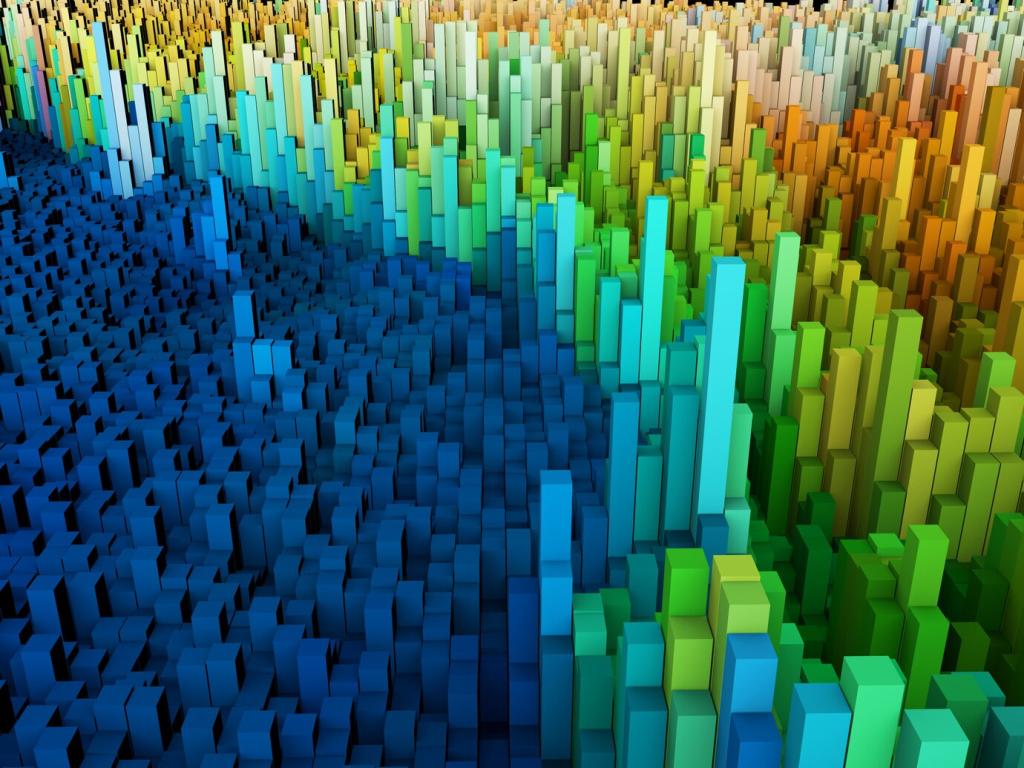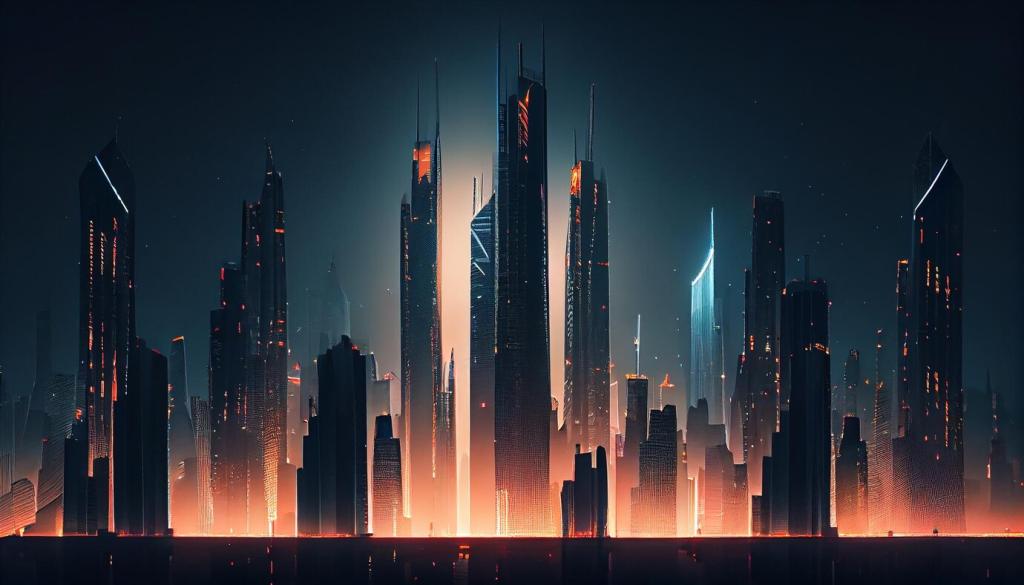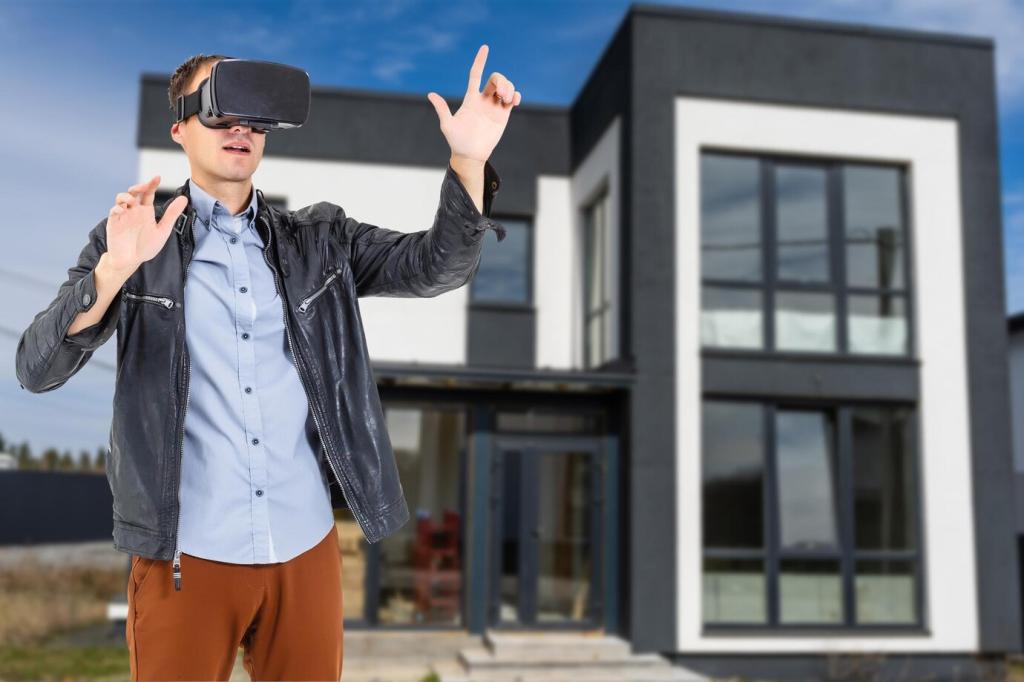Chosen theme: 3D Printing in Modular Home Construction. Welcome to a space where layered concrete, clever design, and modular assembly turn ideas into livable rooms. Explore stories, methods, and future-ready practices—then join the conversation, subscribe, and help shape the homes we’ll all live in.
From CAD to Concrete: How Digital Blueprints Become Modular Reality
Parametric design that snaps together
Parametric modeling allows designers to adjust dimensions, openings, and utility routes with a few variables, then export toolpaths the printer can follow. Each module is tuned to fit cranes, trucks, and site constraints, so when sections arrive, they couple cleanly—no improvisation, no mystery gaps, just thoughtful geometry meeting real-world assembly.
Material recipes for printable strength
Printable mixes use carefully graded aggregates, binders, and admixtures to balance pumpability with structural performance. By tailoring set times and slump retention, layers fuse without collapsing edges. Many teams test cementitious or geopolymer blends for durability and lower embodied carbon, then log results to refine the next module’s recipe and share insights with the community.
Precision connectors and tolerances
Interfaces—grooves, dowels, and sleeve pockets—are baked into the model so printed edges align like puzzle pieces. Tolerances account for shrinkage and thermal behavior, while adjustable hardware absorbs small site deviations. When modules land, installers feel confident: fewer shims, faster sealing, and a snug fit that protects energy performance for decades.

Reinforcement strategies that respect print paths
Engineers weave rebar, fibers, or post-tensioning through printed cavities without disrupting nozzle travel. Vertical ducts align with shear needs, while horizontal bands increase stiffness across openings. The result is a layered assembly that behaves like a unified wall, turning printed geometry into predictable, code-ready performance.
Testing, certification, and inspectors as collaborators
Mock-ups and pull tests build trust before full production. Teams invite inspectors to witness prints, ask questions, and review documentation. By sharing material data, load paths, and anchorage details early, approvals move faster, and everyone can focus on safe, durable modular homes—not surprises at the eleventh hour.

Stories from the Build: Human Moments on a Printed Site
A couple brought folding chairs and hot tea to the site. Layer by layer, the printer traced their living room curve, pausing as clouds rolled in. When the nozzle lifted, they walked the outline, smiling at a bay window that didn’t exist a few hours earlier—hope made visible, one pass at a time.
Stories from the Build: Human Moments on a Printed Site
On their first print, the crew learned wind screens matter more than expected, and a four-minute layer rhythm kept edges crisp. They adjusted admixture dosage mid-morning and logged changes for training. That night, they traded stories about perfect corners, realizing documentation can be as satisfying as a flawless finish.



Design Freedom Without Chaos: Customization at Scale
Ribbed finishes reduce paint, soft curves guide daylight, and integrated shelves emerge naturally from the wall path. Designers use repeating parametric motifs so each home looks unique yet buildable. The eye reads care in every contour, and neighbors start guessing patterns rather than spotting repeat units.
